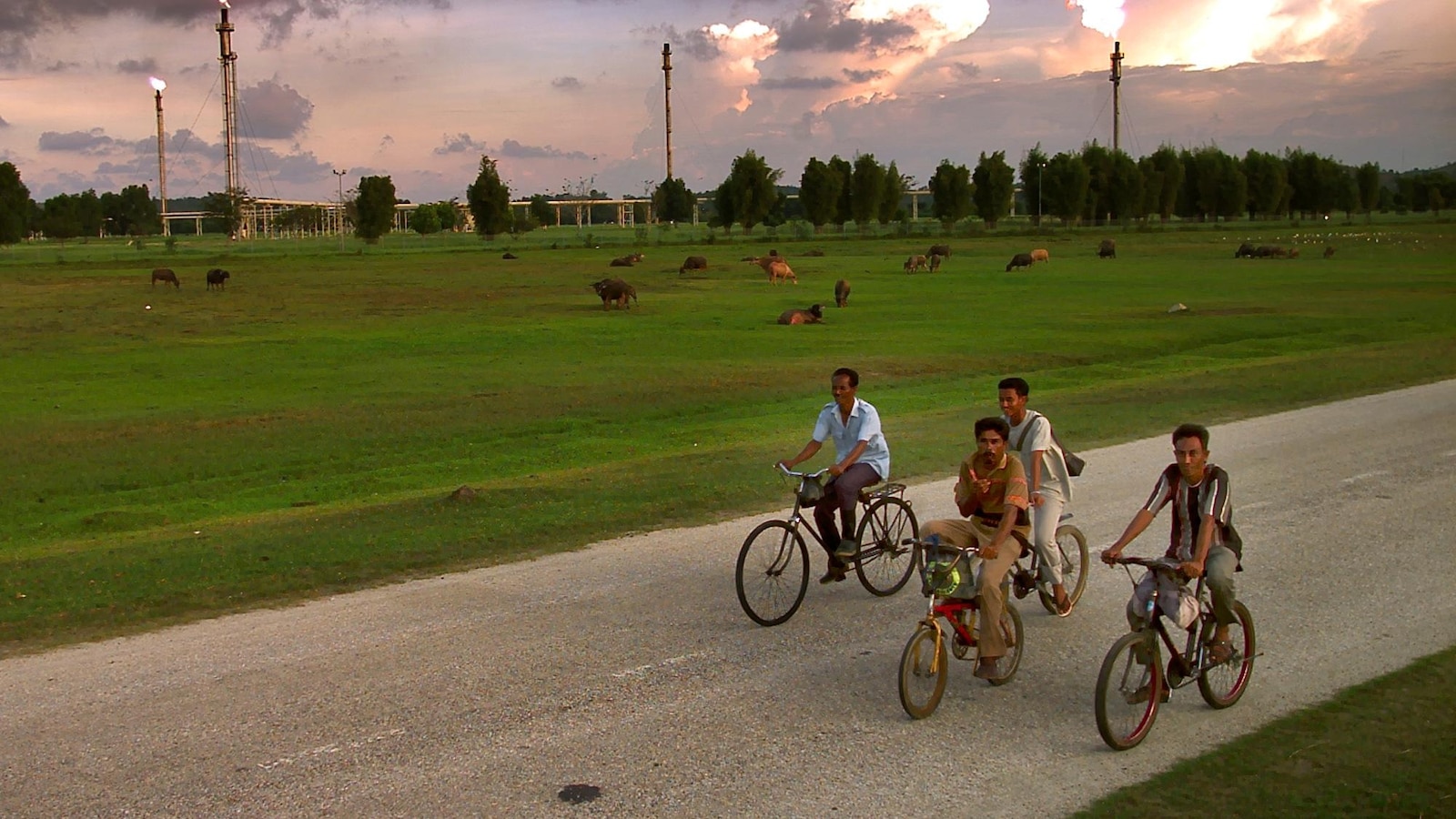JAKARTA, Indonesia — Indonesia and Vietnam signed multibillion-dollar energy transition deals in 2022 that were heralded as drastic shifts in financing that would enable the coal-dependent countries to pivot to cleaner energy.
The deals, known as Just Energy Transition Partnerships, were funded by developed nations to help the two countries phase out and retire their heavily polluting coal-fired power plants and replace them with clean energy alternatives such as solar or geothermal.
But nearly two years later, critics say little progress has been made under the deals. Supporters say that’s not a fair assessment, arguing that stakeholders are now collectively making policies for the first time, which could attract more funding, and that the projects simply need more time.
Here’s a look at Indonesia and Vietnam’s JETP deals, issues they face and progress that’s been made.
Indonesia’s deal provides over $20 billion for the early phase-out and retirement of coal-fired power plants and the development of clean energy sources like solar or geothermal. It also moves to bolster the country’s renewable energy supply chains over the next three to five years.
Nearly all of Indonesia’s energy needs are currently met by fossil fuels, with 60% coming from highly polluting coal. In 2021, Indonesia’s energy sector emissions included around 600 million tons of carbon dioxide, the world’s ninth highest, according to the International Energy Agency. Population and economic growth are expected to triple energy consumption by 2050.
Vietnam signed its $15.5 billion deal in December 2022, aiming to get nearly half of the country’s electricity from clean sources by 2030. A substantial part of that requires Vietnam to develop energy infrastructure to keep up with the country’s rapidly growing renewable energy production.
Vietnam generated more than 10% of its electricity from solar in the first half of 2022, a massive jump from none in 2018.
The large financial packages focused on clean energy transitions, but there were no guidelines for implementing the deals, said Grant Hauber, an adviser to the Institute for Energy Economics and Financial Analysis, a U.S. nonprofit.
“It turns out that’s really hard because there are so many social, political and economic elements … to figure out,” he said.
The only country to have a JETP before Indonesia was South Africa, and theirs was also marred by financing issues.
In November 2023, Indonesia and Vietnam tried to address this problem by outlining how much funding was needed and what projects to spend it on. Indonesia’s Comprehensive Investment and Policy Plan and Vietnam’s Resource Mobilization Plan each list 400 potential projects. An updated version of Indonesia’s plan is expected to be published this year.
Vietnam has prioritized its electrical grid and energy-storage facilities while laying the groundwork to build offshore wind. But neither these plans nor its earlier national electricity plan answered the big question of how the operators of Vietnam’s relatively new coal-fired power plants would be convinced to retire them — or how they would be compensated for doing so.
The Vietnamese government and Rachmat Kaimuddin, who heads Indonesia’s National Energy Transition Task Force, did not respond to requests for comment by The Associated Press.
The pledged funding for JETP is a fraction of what countries need. Indonesia says it needs over $97 billion and Vietnam around $134 billion to meet their 2030 goals.
The source of funding has also raised concerns. At least 96% is expected to be taken on as debt, with the remainder as grants, according to the ASEAN Centre for Energy, an intergovernmental organization that reviews Southeast Asian energy interests.
Poorer countries have criticized using loans for climate finance. They say the debt prevents them from adapting swiftly to climate impacts, despite rich nations having historically emitted the most earth-warming gases.
“Indonesia and Vietnam face similar risks regarding their ability to repay these debts and the subsequent effects on their debt-to-income ratios and national fiscal health,” wrote researchers at the ASEAN Climate Change and Energy Project.
The deals were designed to entice future investors, said Fabby Tumiwa of the Institute for Essential Services Reform, an Indonesian think tank focused on energy policies and regulations. That is why projects are taking their time to determine how much money they need and how best to get it, he said.
Experts say national governments and financial institutions have faced delays in matching available funding with projects that are ready to start.
Foreign investors expected “shovel-ready projects” and Indonesia hoped for financing with clearer terms, said Tiza Mafira, director at the Climate Policy Initiative in Indonesia. “It simply wasn’t the case.”
Vietnam’s policy reform faces challenges ranging from a cautious bureaucracy unwilling to make decisions and spend money amid an ongoing anti-graft campaign to internal tension within its Communist Party, according to Western diplomats. Vietnam’s Communist Party also insists that electricity prices remain low despite the state utility incurring losses.
Recent policy changes have addressed some of those challenges, including the completion of an $884 million, 500-kilometer-long (310-mile) transmission line from central Vietnam to the northern provinces in about six months, a decree that allows factories to buy electricity directly from wind and solar power producers, and a new law that’s being drafted for rooftop solar.
The deals could be a model for other countries, said Sandeep Pai, the director of the multinational energy think tank Swaniti Global. But the limited funding offered mostly through loans could dissuade other major fossil fuel-dependent countries from signing similar deals.
“Until there is actual money on the table and other countries see real success in initial JETP countries, it will be difficult for others … to sign on,” he said.
___
The Associated Press’ climate and environmental coverage receives financial support from multiple private foundations. AP is solely responsible for all content. Find AP’s standards for working with philanthropies, a list of supporters and funded coverage areas at AP.org.

